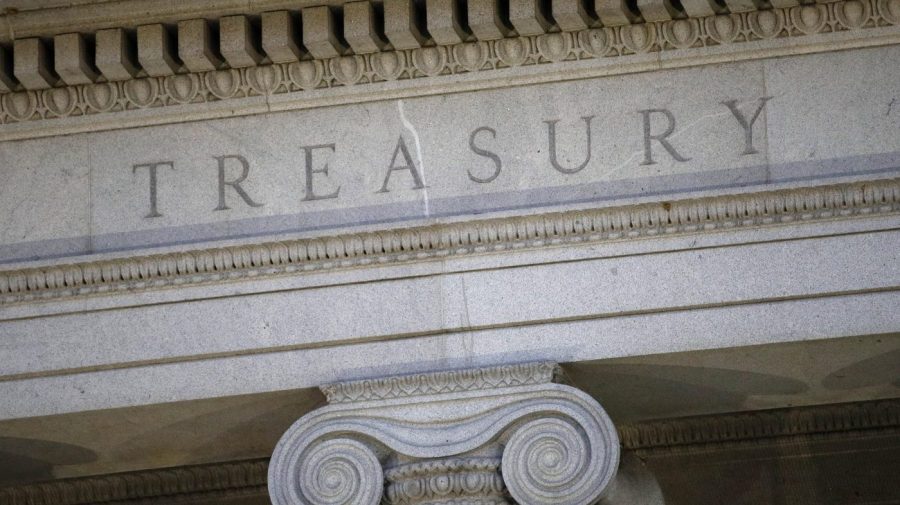
The U.S. Treasury bond market finished one of its worst weeks in decades on Friday after a chaotic series of days that saw President Trump announce a pause on his widest ranging tariffs yet.
The most attention-grabbing statistic was with the 30-year bond yield, the amount that purchasers make for the bond they bought. The yield saw its largest one-week increase of any point since 1982, finishing the week at 4.87 percent after having peaked just above 5 percent earlier Friday.
The 10-year bond yield also experienced a significant increase, settling just under 4.5 percent for its largest weekly increase since 2001. Yields for bonds of other lengths of time also saw significant increases this week.
The bond market spooked economists even more than the stock market did in its reaction to Trump’s tariffs, which were set to impose higher varying rates on about 60 countries beyond the baseline 10 percent tariff that is still in place on all countries around the world.
This is because the bond market — in which the federal government sells U.S. Treasury bonds to individuals, companies and other governments — typically has maintained stability during times of economic turmoil. But observers saw demand for U.S. Treasury bonds plummet and interest rates rise amid Trump’s tariff plans.
Trump seemed to acknowledge concern about the bond market in remarks he made announcing the pause Wednesday, saying “people were getting a little queasy.”
But a sell-off within the bond market continued into Friday despite Trump’s announcement, which initially calmed the market down.
The Treasury Department regularly holds auctions of Treasury bonds with varying timetables for maturing as the primary way for the U.S. government to finance the national debt. A large jump in the yield can disrupt the government’s ability to pay its debt.
Rising interest rates can also increase the cost of borrowing money for consumers and lessen the value of other investments they may have.
The week also saw the dollar continue a decline in value against world currencies.
Meanwhile, the stock market finished Friday more favorably, with the Dow Jones Industrial Average, Nasdaq composite and S&P 500 all up following the turbulent week.

